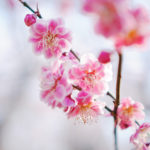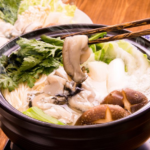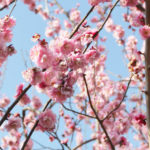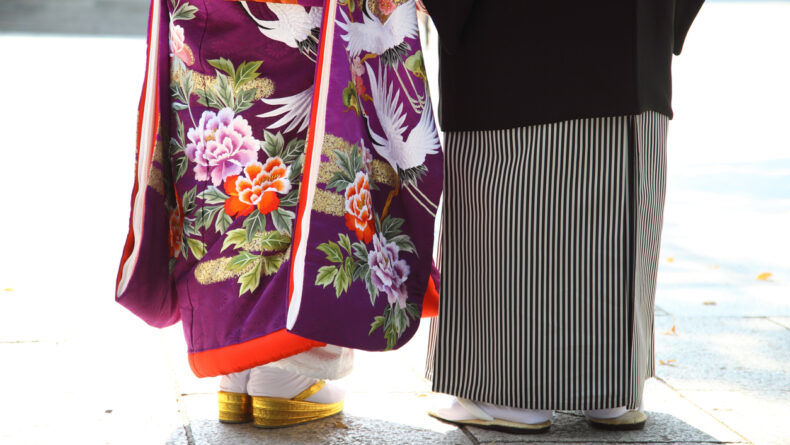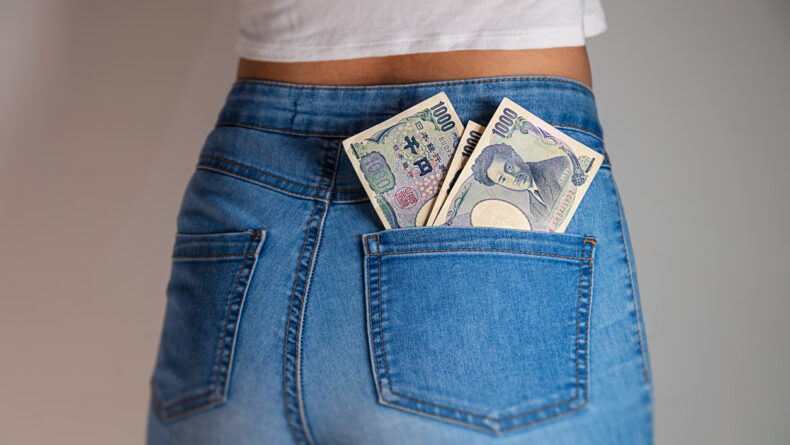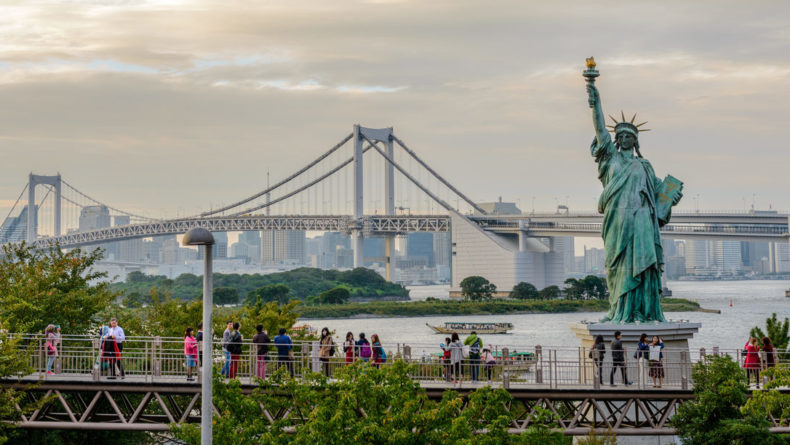Rain & Vows: Why Is June A Wedding Season In Japan?
Here Comes The June Bride
You've heard the term "June Bride" perhaps not only in Japan. But why is it so prevalent here? From ancient beliefs to practical matters, here are several theories hinting at the answer.
There are three common types of weddings in Japan: a “paper” wedding, where you just sign the relevant documents and you’re good to go; a traditional Japanese wedding at a Shinto shrine, and the recently more common Western-style ceremonies held at pseudo-wedding chapels with “foreign priests” who may or may not be English teachers moonlighting for the occasion. No matter which type of wedding it is though, for some reason many of them take place not in the season of love (supposedly, February), but in the season of rain — June.
Popularized in Japan after the 1948 movie of the same name, “June bride” is a term that you’ll often see in Japanese manga, anime, TV dramas, Instagram, and of course all wedding-related businesses. As soon as June kicks in, you’ll suddenly start noticing a boost in wedding promotions, special photo plans and other related festivities — along with of course, a wedding after wedding you may be invited to if you live here. I can personally name about six Japanese friends offhand that have gotten married in June.
Though there isn’t a single, concrete reason for the longevity of this tradition, there are some interpretations that different generations of women ascribe to the persistence of the June bride image in Japan. Here are some of them.
Ancient Beliefs
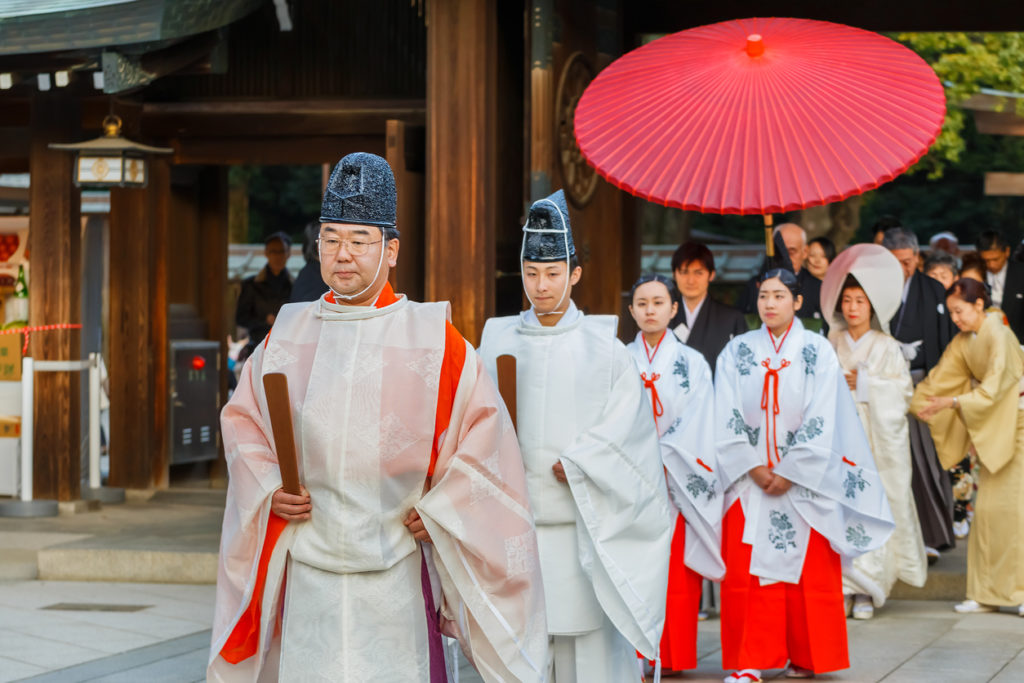
June, being the month of Juno, the Roman goddess of marriage, was thought to confer good luck onto couples — in other words, June is automatically a lucky month to get married in. Like in many other parts of the world, this mythology is still quoted as being part of the reason for the success of the June bride’s lingering image in Japan today.
But as far as traditional Japan is concerned, June has a special significance for new families. Under the old Japanese calendar, June was called minazuki, the month of water, and was traditionally the time when rice fields were flooded with water. This symbol of fertility carried over into relationships, and it was thought that June was the best month to get married and therefore pregnant in (as these two were thought to go simultaneously in the past). If coming from an agricultural family, this timing was ideal as the pregnancy wouldn’t interfere with the woman’s ability to work during the harvest season.
An elderly female friend of mine further said that in her generation getting married in June — and therefore having a honeymoon baby — also meant that you could avoid the undue stress of going into labor during the sweltering summer months as well. Talk about planned parenthood!
The Perfect Weather
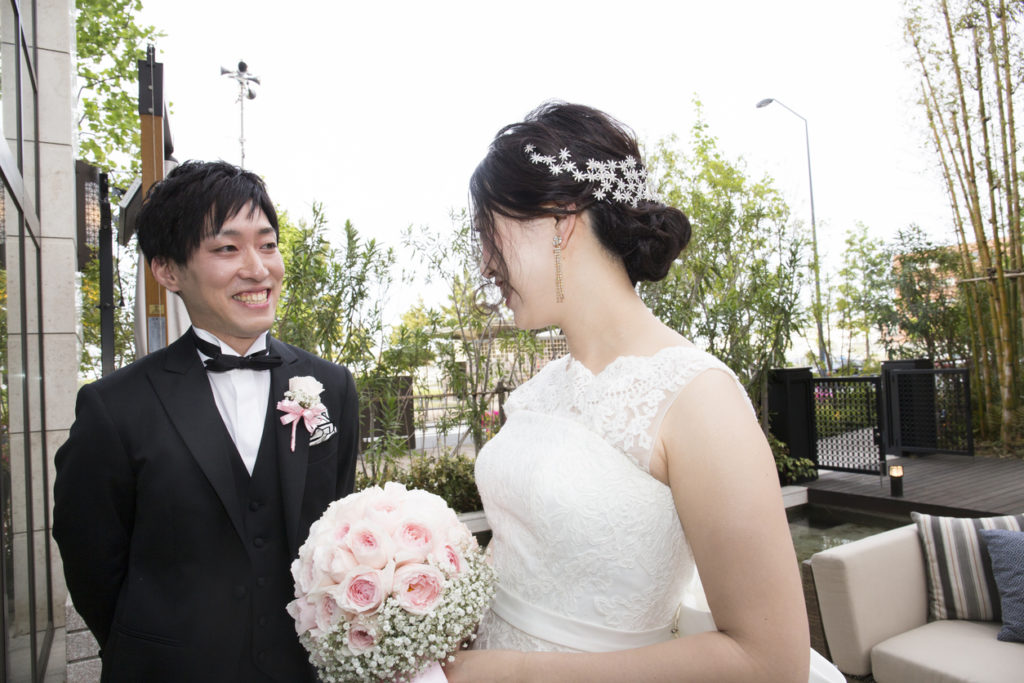
June is the tail end of spring and the start of summer in Japan, which means that the weather is usually comfortably warm during the day and pleasantly cool in the evenings. If you’re planning on wearing a heavy white gown or traditional kimono and all the accoutrements that go with, then June is the best time to do this — before the dreaded Japanese summer begins.
Furthermore, if you’re having a more modern destination wedding (as many young Japanese couples are choosing to in recent years), this is the time to visit places like Guam, Saipan and Hawaii, the three most popular wedding destinations for Japanese newlyweds. You’ll also find that many wedding companies offer special package deals for June, which is an unbeaten incentive for many young couples.
Despite being the rainy season, June is also the month when numerous different flowers bloom in Japan, which means that on a lucky sunny day, couples can take wedding photos in any number of gorgeous natural settings — be it hydrangea or iris.
Practical Reasons
When you’re paying a couple of million yen for your wedding and have a long list of things to do, being practical about your time plays a big role when choosing the wedding date. So for couples who are both working professionals, June is a natural choice considering the fact that their work schedules tend to be freer after the rush of April and May. As April and May are months when there are celebrations for newcomers to companies, it’s much harder to book a reasonably-sized restaurant for a party then than it’s in June, when there aren’t any national holidays or work-related events to worry about.
The Golden Week in May gives enough time for couples to prepare before the wedding, as well, and with nearly no one traveling in June, it also means that one doesn’t risk having a number of dear people cancel their presence on your big day.
So, summing up the many practical sides of the wedding factor, June is by all means a great time to tie the knot — officially. The weather’s fine, the guests will be there, there’s less fuss at work, and Juno will be watching over!
And if you’re looking to get married in Japan, then you may also consider visiting one of the many bridal fairs held at this time at hotels, chapels and ceremony halls in major cities. Even just seeing what they have to offer can make your head spin!
Did you get married in Japan? What kind of wedding did you chose — and did you get married in June? Let us know in the comments!


